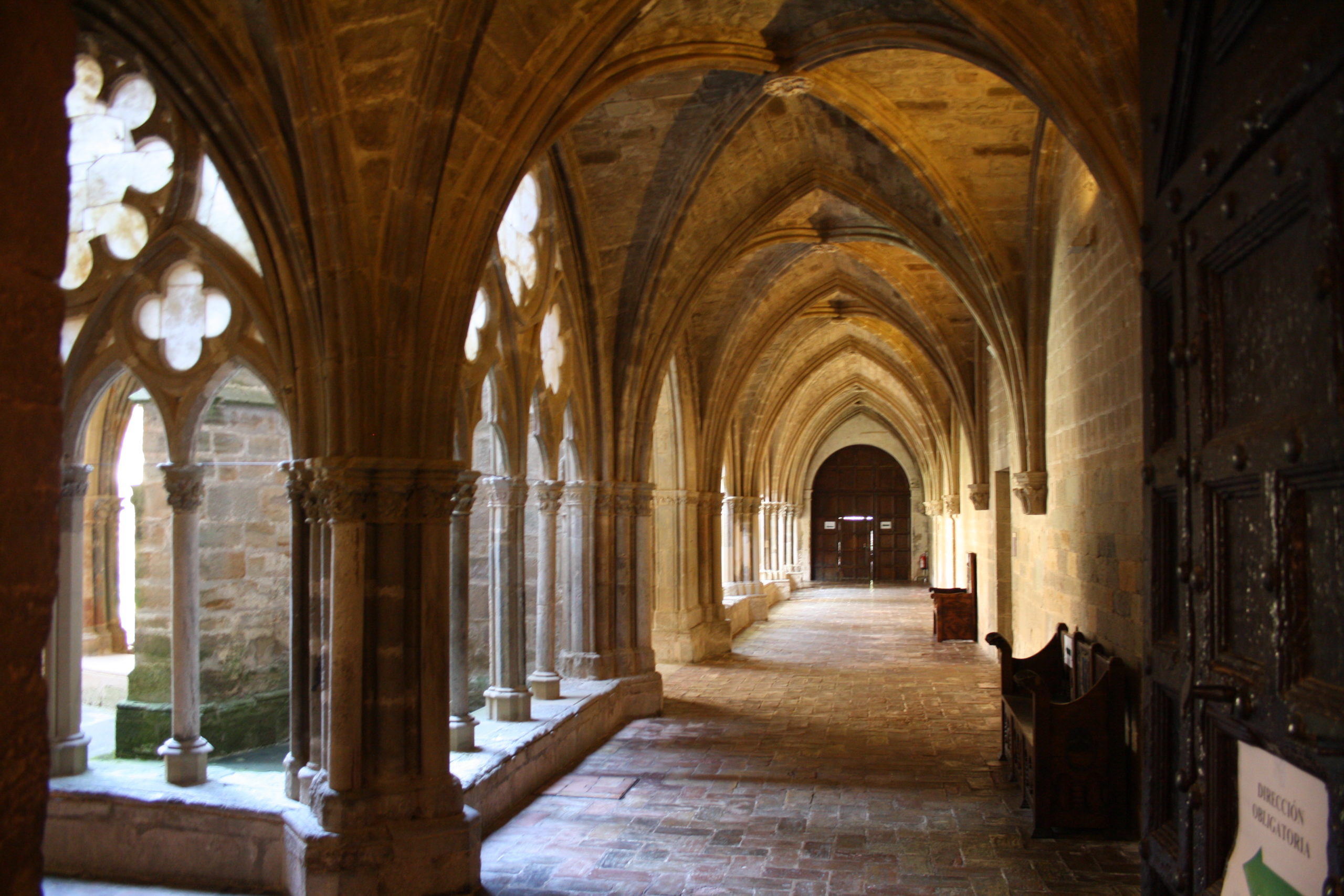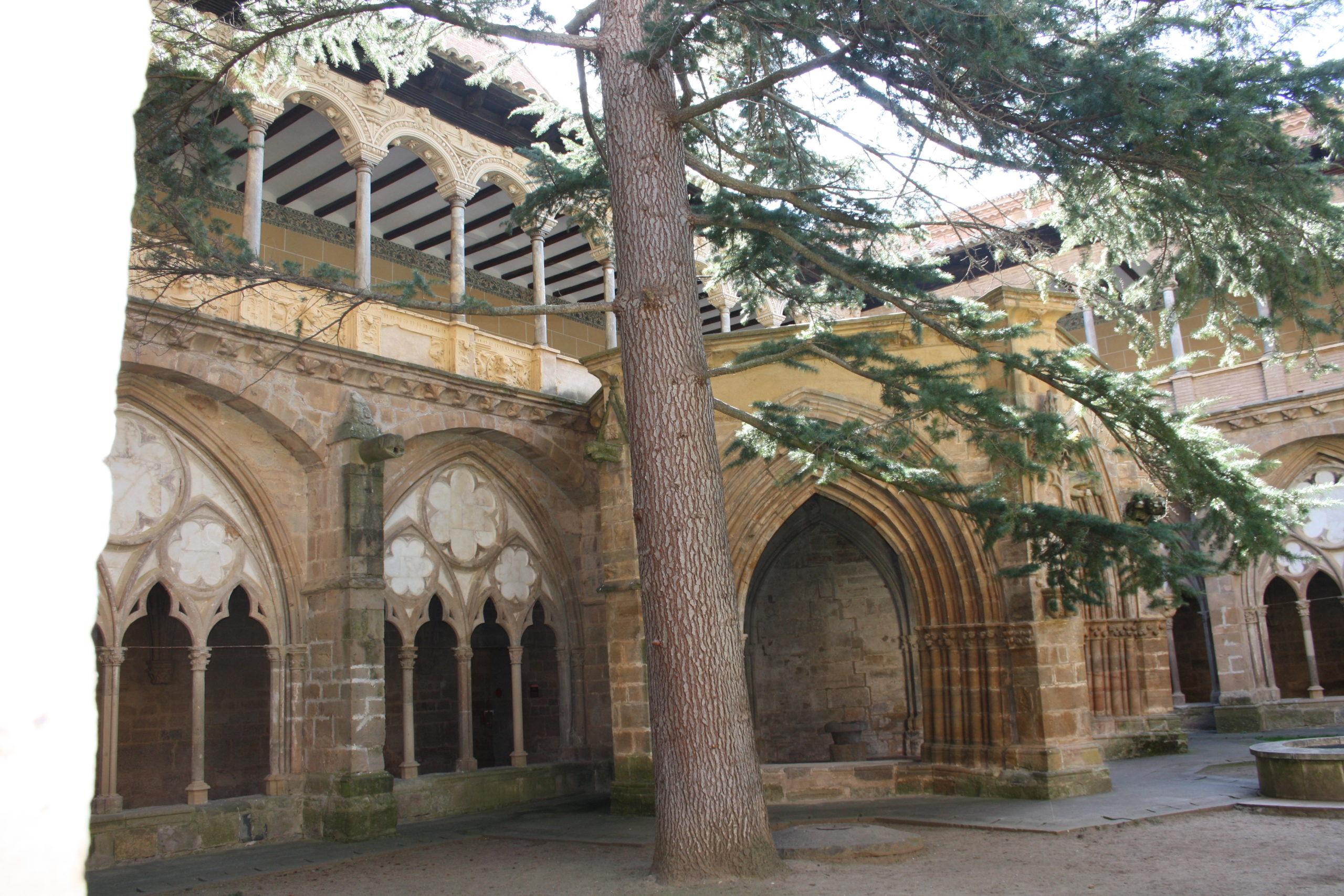The Monastery of Veruela is another of the great examples of the architecture of the monks of the Cistercian order, today, the remains of this monastery are historical evidence of the medieval conflicts in the region of Aragon.
Like the Monasterio de Piedra, it is located in the province of Zaragoza. The Monastery of Veruela is located right at the gates of the Natural Park of the Dehesa del Moncayo, very close to the mountains of the Iberian System. For this reason, it can be said that its geographical location was one of the reasons why this monastery was in the middle of some conflicts, especially because it is quite close to Castile.
The history of the Monastery of Veruela

This monastery, like those of Piedra and Rueda, is of Cistercian origin, which is the reason why these destinations attract the attention of tourists. In this case, the enclosure dates from the year 1145 and it was considered that this location was the right one for the construction of the same because it is located in a fairly secluded area, which also has plenty of water thanks to the Huecha riverbed.
It is important to keep in mind that, far from being a site dedicated exclusively to austere life and spirituality, this monastery represented at the time a symbol of feudal power that held possession of different populations that were located around it, hence it was an important target during conflicts.
In fact, during the War of the Two Peters, as it is known, Castile managed to occupy this monastery and even destroyed the Romanesque cloister, which was later rebuilt thanks to donations from the Luna family in the 14th century.

As you will see, the construction of this Cistercian monastery is linked not only with the religious tradition of these monks, but also with the classical spirit that pays homage to medieval culture, which can be clearly seen in the tower of the structure.
At present, this complex preserves some architectural features of the twelfth and thirteenth centuries, as well as some elements that were integrated after the War of the two Pedros in the fourteenth century, being this precisely what we can appreciate today when we visit the monastery.
Monastery of Veruela and the Bécquer Brothers

In order to know what we will be able to observe when visiting this monastery, it is essential to understand this relationship or link between the characters and the enclosure. In this sense, the brothers Gustavo Adolfo and Valeriano, exerted a great influence on the recognition of this site today.
This is due to the fact that, during the year 1863, both the poet and the painter stayed with their relatives in this site, highlighting the fact that Gustavo Adolfo was already familiar with the place, since his wife lived in the nearby towns, specifically in Torrubia.
Thus, these brothers began to spread letters called ‘From my Cell’, in addition to other fantastic stories that awakened in the population a sense of mystery and fantasy about the place, even came to talk about the witchcraft practices that were carried out in the ruins of the Castle of Trasmoz which is very close to the site.
Thus, this relationship between the Monastery and the brothers managed to further spread the stories and attracted more and more people to this destination, which is why today it is possible to enjoy an incredible collection of paintings and literary fragments of the brothers, this being one of the main exhibits and attractions of the monastery.
What you can see in Veruela Monastery

The monastery is a fairly large complex, which was built by the monks of the Cistercian order, therefore, consists of a series of very interesting structures where the Romanesque style predominates, but which, in turn, encompasses other artistic styles of the time as the Gothic that is clearly shown inside the temple, or the cloister with a medieval style. There are even some glimpses of Renaissance and Baroque art, especially with the reforms made by Hernando de Aragón.
The monastic complex, as it is called, is surrounded by a 1 kilometer long hexagonal wall, which, in turn, has 11 cylindrical towers that are distributed around the perimeter, giving it a romantic and very attractive aspect for visitors. This wall is surrounded by trees that embellish the view and highlight the facade of the abbey church, which is one of the most important of the complex.

This church is considered one of the most Romanesque Cistercian churches in Spain, which has three high naves that are separated by pillars and, in turn, support large semicircular arches, thus generating an architectural structure that is capable of impacting any visitor.















